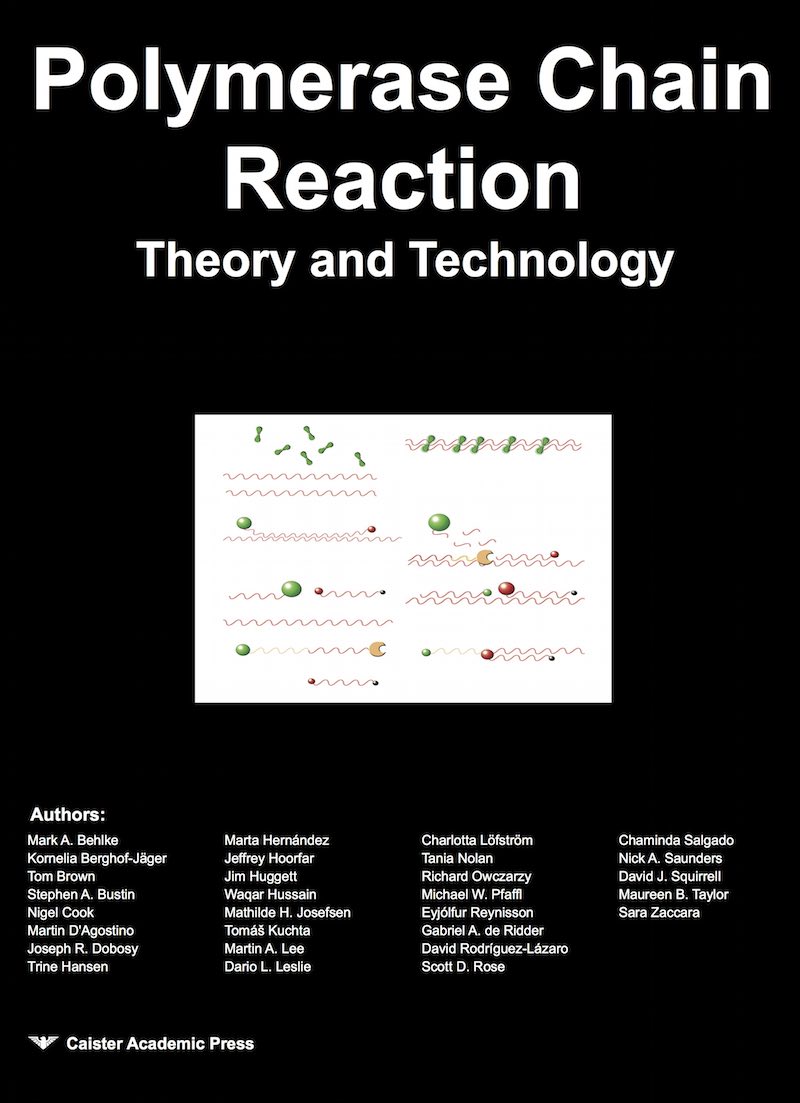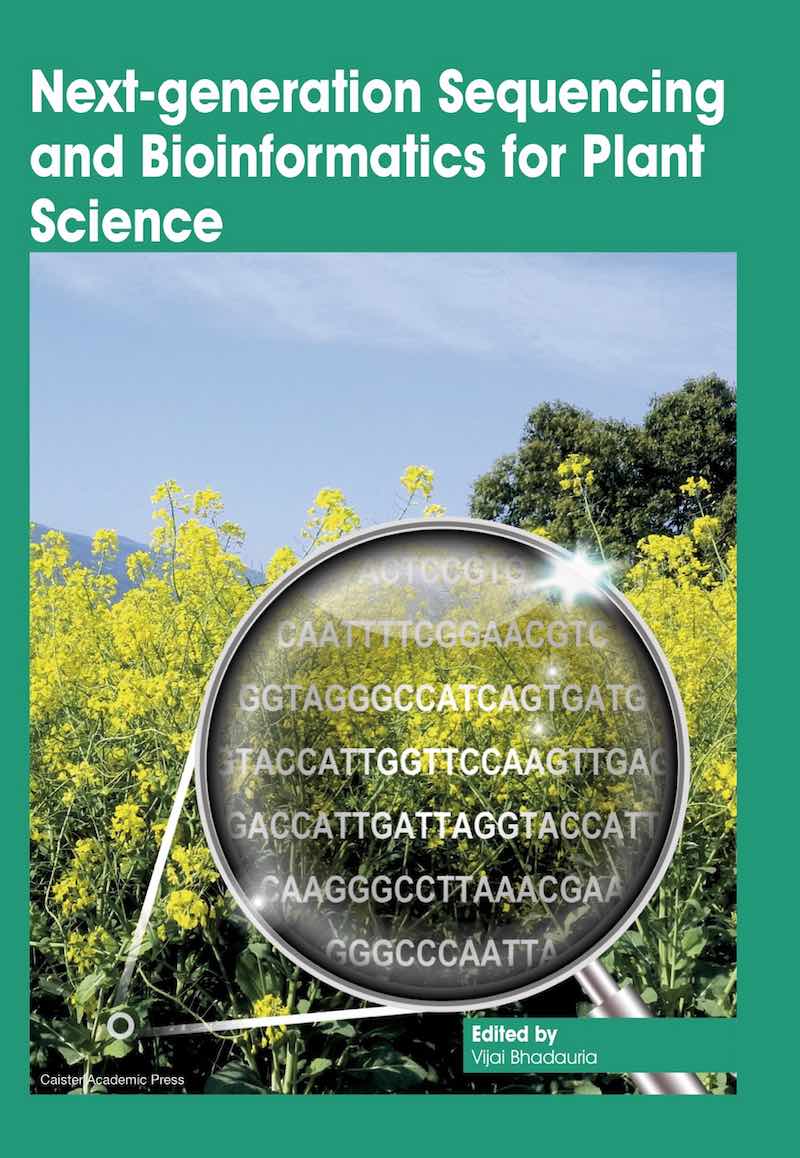qPCR Quality Control
To minimize the risks, several practices should be applied. It is recommended to establish space and time separation of pre- and post-amplification activities, in particular, separation of pre-PCR activities from recombinant DNA activities, as well as to define two different pre-PCR areas: for the preparation of the master mix and for the addition the nucleic acid template to the reaction mixture. Each working area must have its own separate set of equipment, including pipettes, reagents, pipette tips, racks, centrifuges, vortex, lab coats, etc., and lab coats and gloves should be worn at all times, and gloves should be changed frequently.
In addition, all reagents should be prepared in large volumes and aliquoted into single-use volumes for storage and free from contaminating nucleic acids and/or nucleases.
Other actions to prevent or reduce the risk of PCR contaminations are the use of UV light before carrying out the experiments in the sample preparation lab and in the cabinet where the amplification mixture is prepared, and samples should be manipulated with specialized barrier or positive-displacement pipettes, which prevent the carryover of aerosols created during pipetting.
The use of Uracil-DNA-glycosylase (UDG; also called uracil-N-glycosylase or UNG) is recommended, as it can eliminate the contamination arising from PCR products. During amplification, dTTP is substituted with dUTP, so the DNA product will contain dU instead of dT. Subsequent PCR runs are programmed to include a 50 °C incubation step with UDG, which will mediate cleavage of any contaminating DNA strands containing dU.
In addition of the prevention measures for avoiding contamination, a suite of controls must be included in order to correctly interpret the results of a qPCR.
Rodríguez-Lázaro, D. and Hernández, M. (2013). Introduction to the Real-time PCR In Real-Time PCR in Food Science: Current Technology and Applications. D. Rodriguez-Lazaro, ed. (Norfolk, UK: Caister Academic Press). ISBN: 978-1-908230-15-7.
Further reading
- Real-Time PCR: Advanced Technologies and Applications
- Real-Time PCR in Food Science: Current Technology and Applications
- Quantitative Real-time PCR in Applied Microbiology



